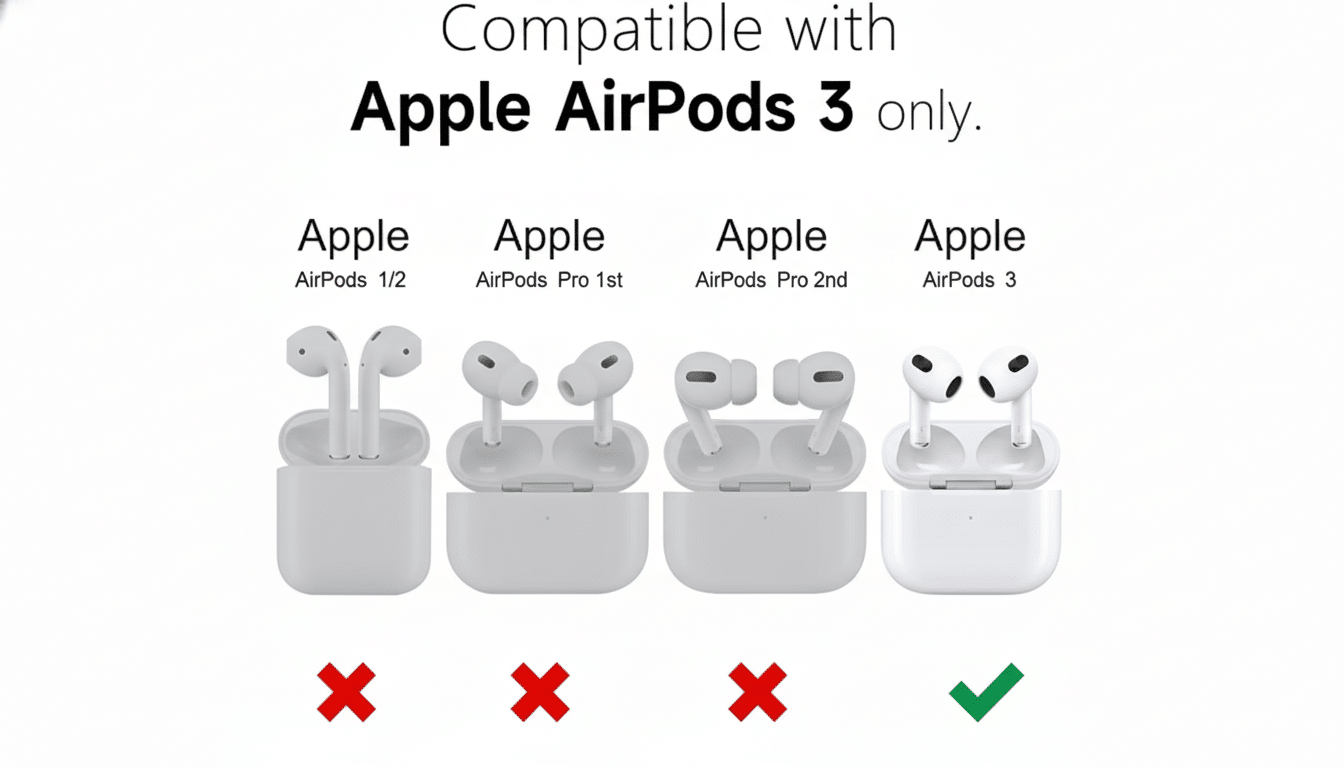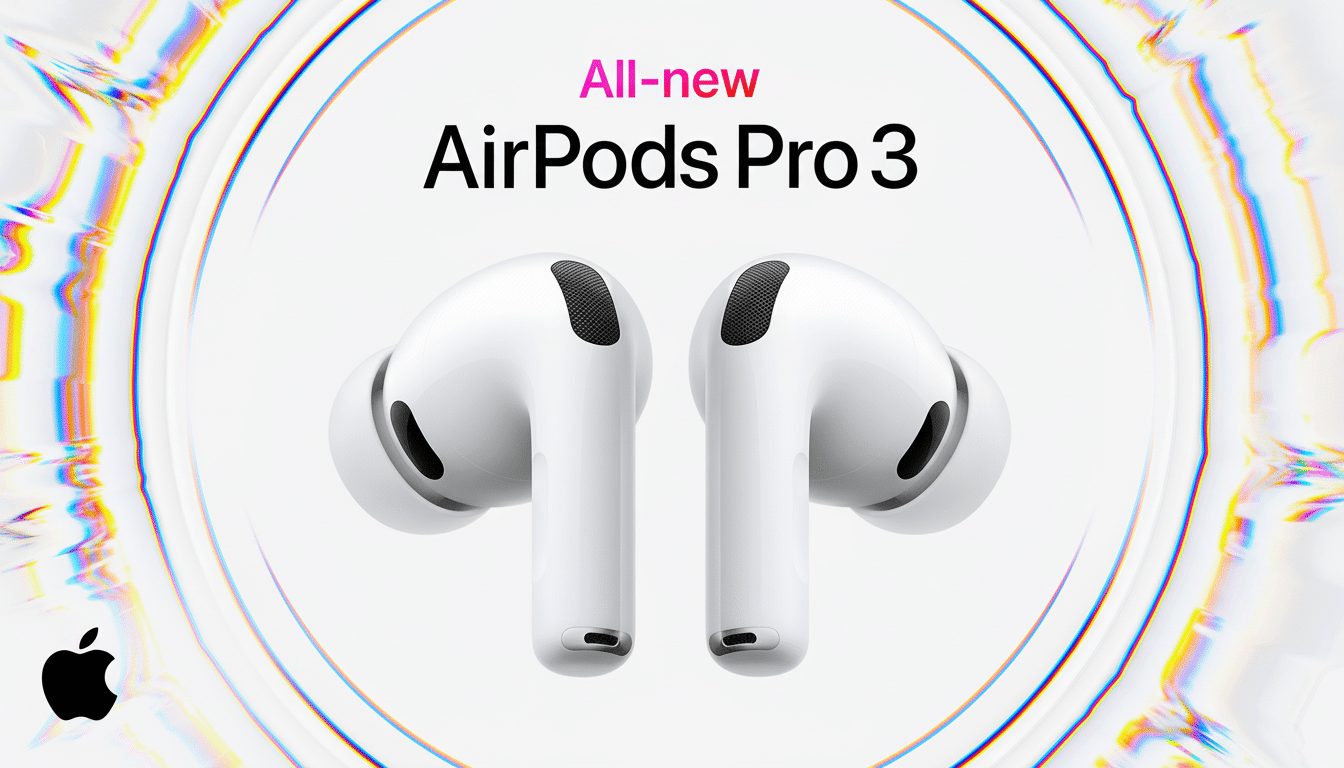I tested the AirPods Pro 3 over the past several weeks during runs, interval circuits, and heavy lifting to see if Apple really did create earbuds that could hang with purpose-built fitness models.
Short answer: they’re the most exercise-friendly AirPods yet with standout health tracking and smarter sound tools, though a couple of caveats may or may not matter depending on your routine.
- Fitness features and sensors for training accuracy
- Fit stability and comfort during intense workouts
- Sound quality and coaching use for guided sessions
- Reality check on durability and repairability
- Things to know about Android limitations and trade-offs
- In the gym: how they compare with ear-hook rivals
- Verdict: are AirPods Pro 3 truly gym-grade earbuds?

Fitness features and sensors for training accuracy
The flagship feature is heart rate tracking. Apple’s optical arrangement positions sensors near the nozzle to read blood flow in the ear, pulsing infrared light 256 times a second. In the real world, readings for tempo runs and rowing intervals were virtually identical to a Fitbit Charge 6 on my wrist or the treadmill’s built-in monitor, with only fleeting discrepancies in all-out sprints.
Research has found that ear-based photoplethysmography is less affected by motion artifacts than a wrist placement — especially during high-impact movement — and my experience supported that. Recovery heart rate was seamlessly tracked between sets, in case you train by zones instead of vibes.
Apple’s listening modes also come in handy in the gym. The transparency mode didn’t leave me unaware on outdoor runs — cyclists and cars came through clearly — while Adaptive Audio blended noise cancellation and awareness to match noisy weight rooms without making music feel mushy. Conversation Awareness reliably lowered volume when a trainer approached. Toss in hands-free Siri and stem-swipe volume, and you can keep both your phone and your pocket lint out of your workout.
Durability is ramped up to IP57 for both buds and case, which offers protection against dust and can be immersed in water up to a meter deep according to IEC 60529 standards. Sweaty HIITs and a drizzly 5K didn’t so much as faze them — the case simply clicked shut snugly following towel-offs, no humidity hiccups.
Fit stability and comfort during intense workouts
The new, wider sound port sits deeper in and anchors securely inside the concha. With the correct silicone tips, the seal remained tight through kettlebell swings, box jumps, and lateral agility work. A bud never once budged on the treadmill, even beyond 8 mph.
Comfort is the trade-off. Because the nozzle extends a little further out, pressure against the canal builds over time. I experienced mild ear fatigue around the three-hour mark — fine for most training days, less ideal for marathon work blocks. Tip rolling is helpful: downsizing one ear preserved that seal for me without exacerbating the hot spot, a frequent move among friends of asymmetric canals.

Sound quality and coaching use for guided sessions
Apple’s acoustic overhaul finally delivers tighter, meatier bass that drives playlists without smothering midrange detail. Kick drums punch, but you can still hear vocal cues and metronome clicks. Adaptive EQ is truly helpful on the move and tightens up tone during seal shifts as I did squats into pull-ups without triggering the thinness you get with smaller buds.
Personalized Spatial Audio is subtly great for guided sessions. In the workout videos, instructors sit forward in the mix, surrounded by ambience and backing tracks that are wrapped around instead of over the voice. Percussion becomes more defined without becoming harsh on Dolby Atmos tracks in Apple Music. It’s also handy when you want more intensity, but not fatigue.
Reality check on durability and repairability
The IP57 rating is reassuring, but the repairability score is not. iFixit’s score of 0/10 on its repairability scale confirms that these are essentially non-serviceable. If you’re rough on equipment (chalk, sand, or the occasional drop), treat the case as disposable and look into a protective cover. Tips are super cheap to replace, but anything past that is a warranty conversation.
Things to know about Android limitations and trade-offs
Paired with Android, the AirPods Pro 3 become a lot less magical. And because Apple’s H2 platform is tightly integrated into iOS and watchOS, you also lose heart rate monitoring, Personalized Spatial Audio setup, and native voice assistance. Basic playback functions remain, but the ecosystem benefits — and what makes these buds appealing for training — are effectively iPhone-only. On Android, you’d be better off with workout-centric sets from Beats or other companies offering platform-agnostic apps.
In the gym: how they compare with ear-hook rivals
Versus ear-hook designs like the Powerbeats line, AirPods Pro 3 take the edge in sensor precision, awareness modes, and gym-to-street flexibility. Ear-hooks keep them just ahead in all-out stability for tough or plyometric-heavy sessions. If your workouts include a lot of HIIT, circuits, and runs, these AirPods feel purpose-designed; if you’re wrestling or practicing inverted moves on your head, hooks still reign supreme.
Verdict: are AirPods Pro 3 truly gym-grade earbuds?
The AirPods Pro 3 give you the best workout experience Apple has made yet: industry-leading awareness controls, more-accurate-than-they-have-any-right-to-be ear-based heart rate tracking, and sound that pops and cuts through a crowd without drowning out cues. Shortcomings include some comfort issues over very long stretches and issues with repairability, plus Android users will need to search elsewhere. For iPhone users who exercise regularly, these are finally gym-grade AirPods.

